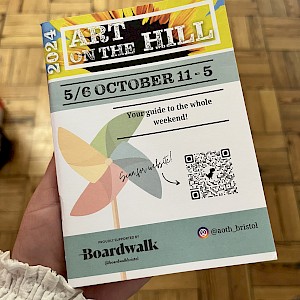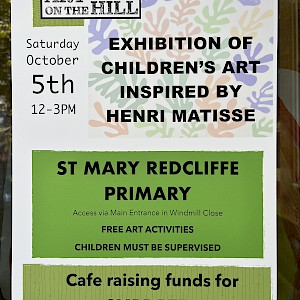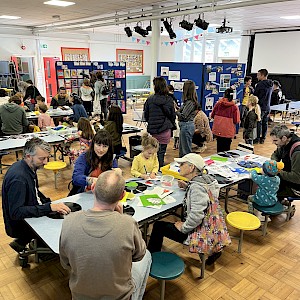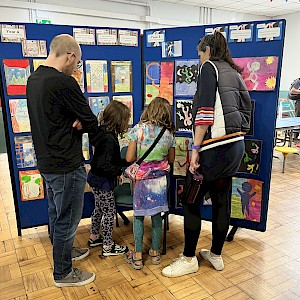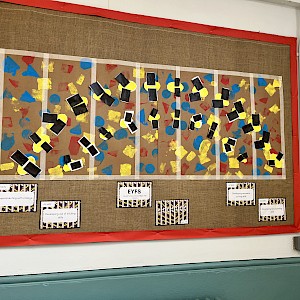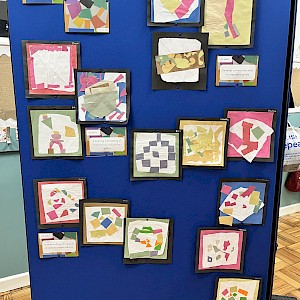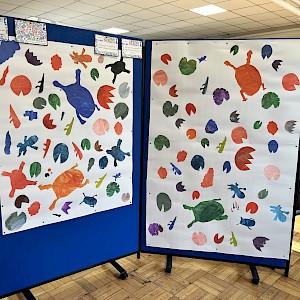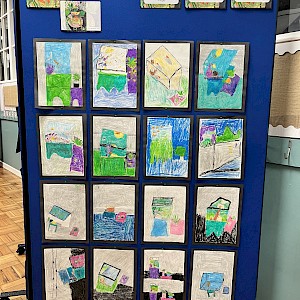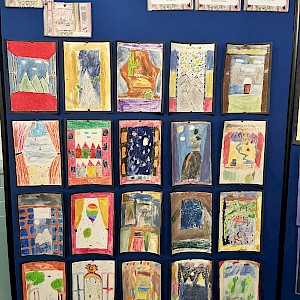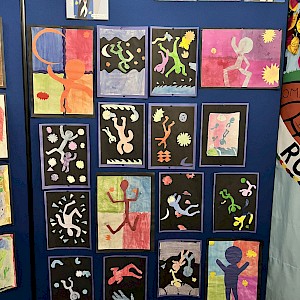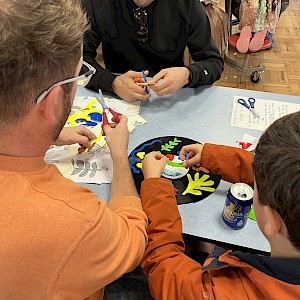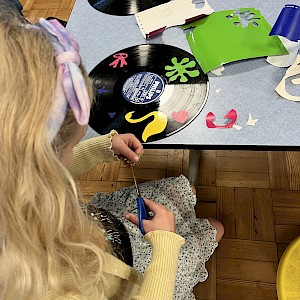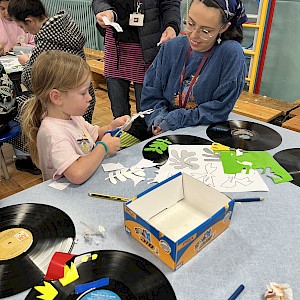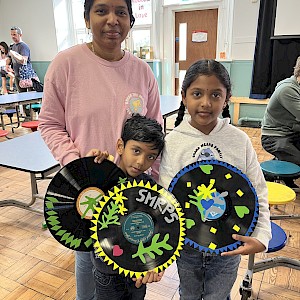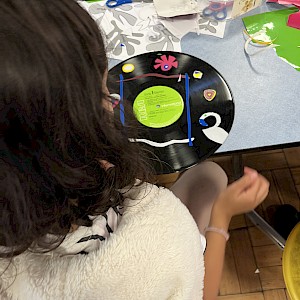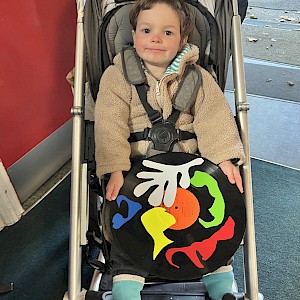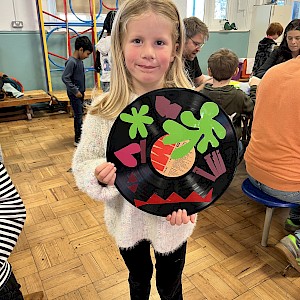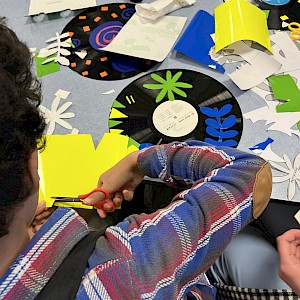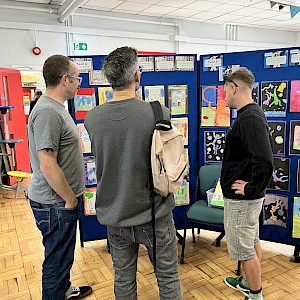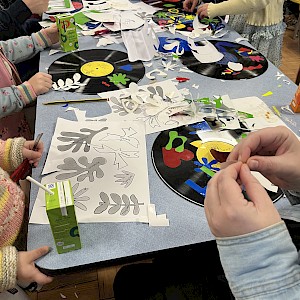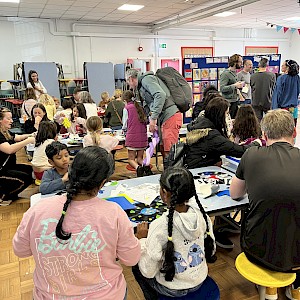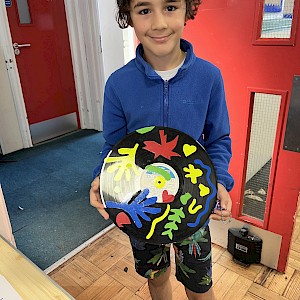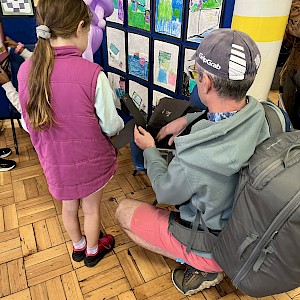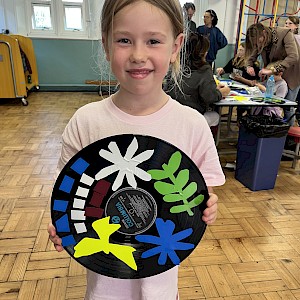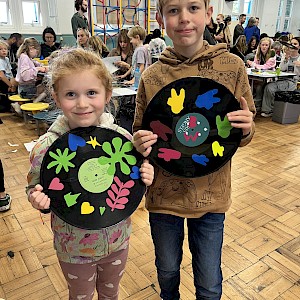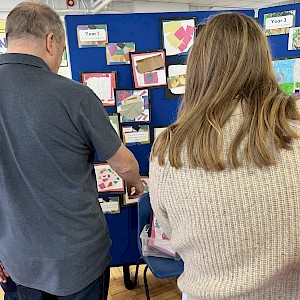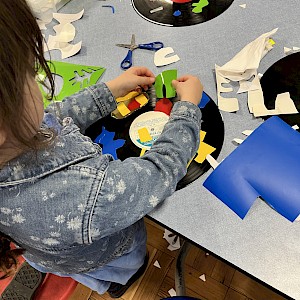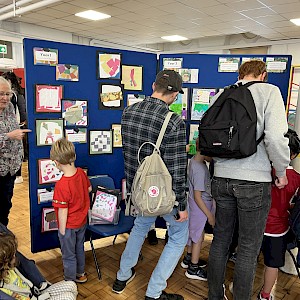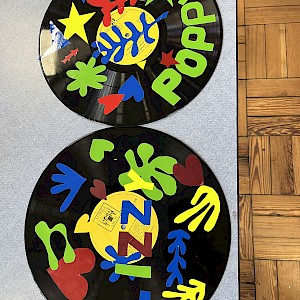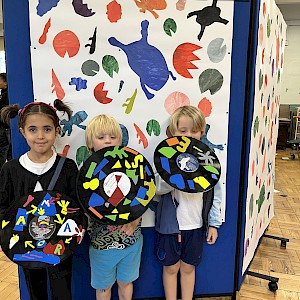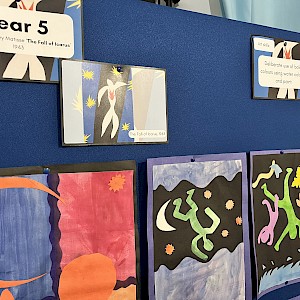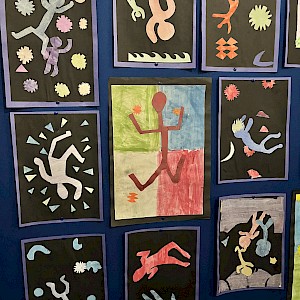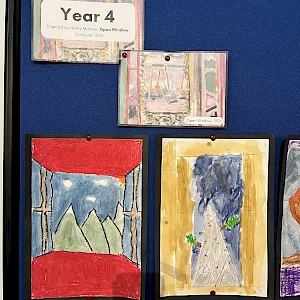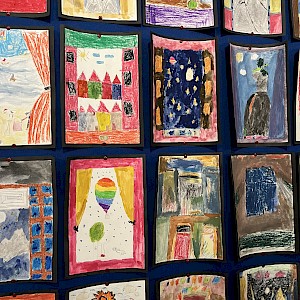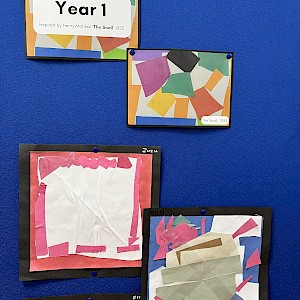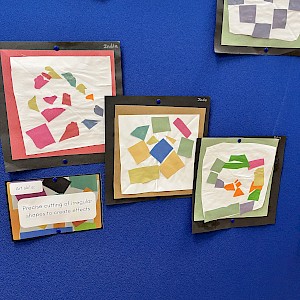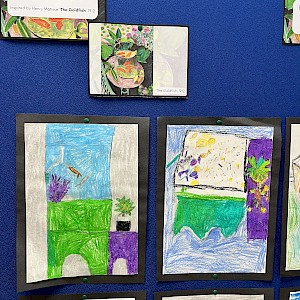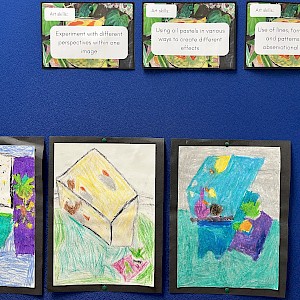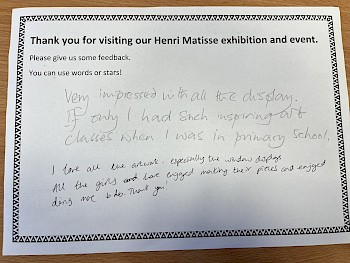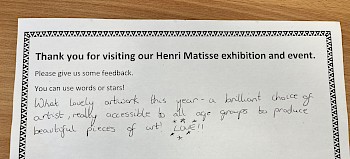Art and Design Technology
Introduction
At St Mary Redcliffe Primary School, our Art and Design curriculum is rooted in our school's core values of Hope, Empathy, Acceptance, Respect, Thankfulness, and Selflessness. We believe that the creative arts are a powerful means for our pupils to express themselves, develop their confidence and explore the diverse world around them.
Content and Skills
Pupils at St Mary Redcliffe will experience a varied, experimental, and project-based art curriculum. They will develop core skills in drawing, painting, colour theory, and sculpture, particularly through the use of clay. Additionally, they will have opportunities to explore a range of other artistic disciplines, including collage, printing, textiles, sustainable art, and world crafts.
Throughout their learning, pupils will be exposed to diverse and contemporary artists, with a particular focus on those from the local Bristol area. This will enable them to see the creative arts as an accessible and vibrant part of their community.
Progression
Our Art and Design curriculum is carefully sequenced to ensure that pupils' learning builds upon their prior knowledge and skills. As they progress through Key Stages 1 and 2, pupils will have opportunities to revisit and deepen their understanding of core artistic concepts and techniques. This will allow them to develop increasingly complex mental models and the ability to apply their learning in new and unfamiliar contexts.
Wider Impact
Through our Art and Design curriculum, we aim to nurture our pupils' creativity, self-expression, and positive mental health. By providing them with a range of enrichment opportunities, such as participation in the local Arts Trail, whole-school Art and Clay Days, and visits from Bristol artists, we will inspire our children to see the creative arts as an integral part of their lives and community.
Ultimately, our Art and Design curriculum will empower our pupils to become confident, well-rounded individuals who are prepared for the next stage of their education and future careers, whether in the creative industries or beyond.
